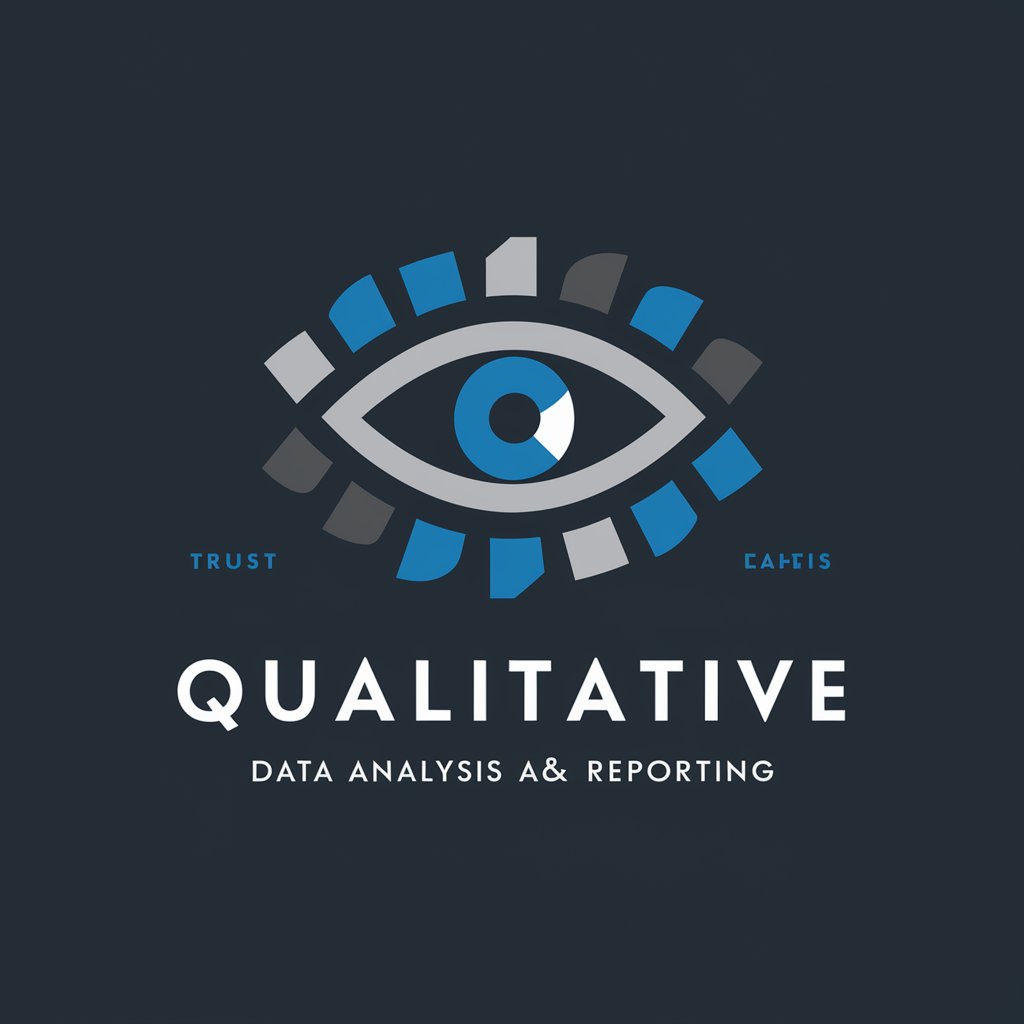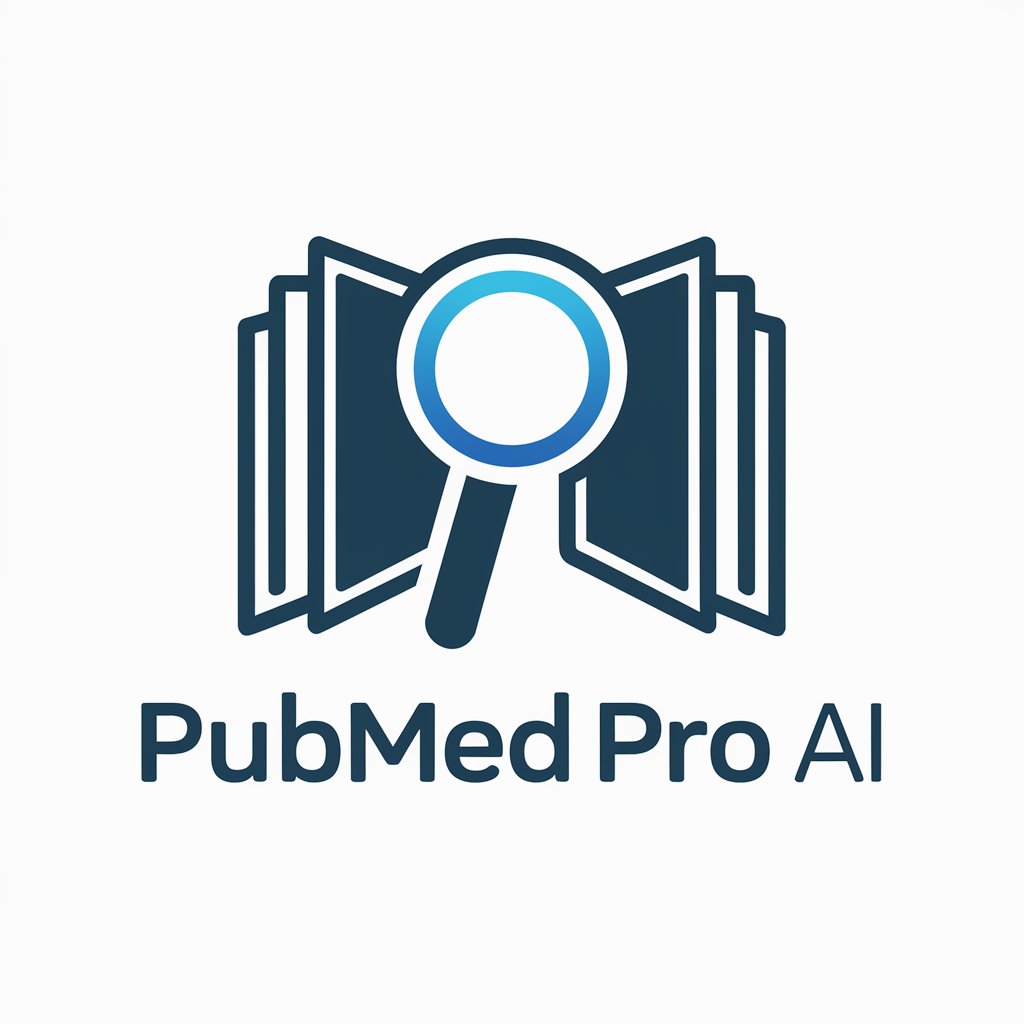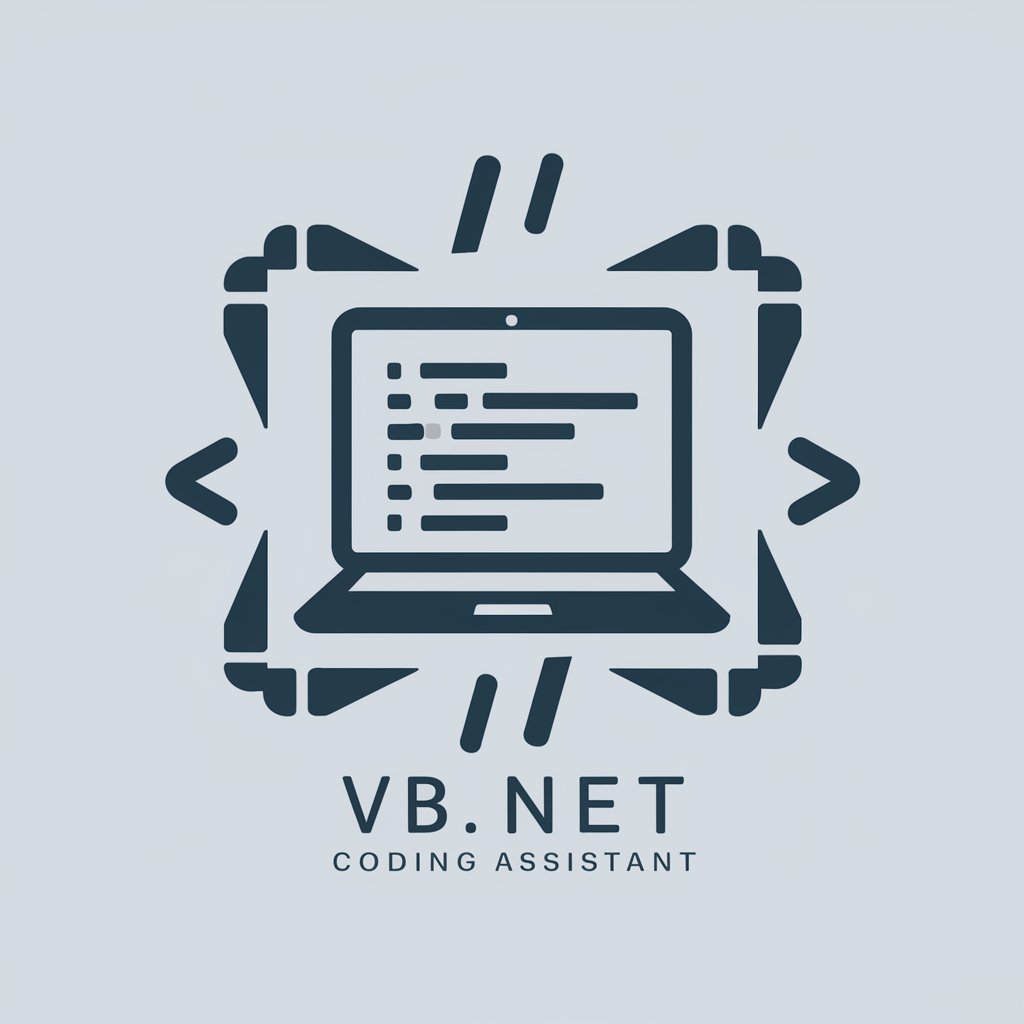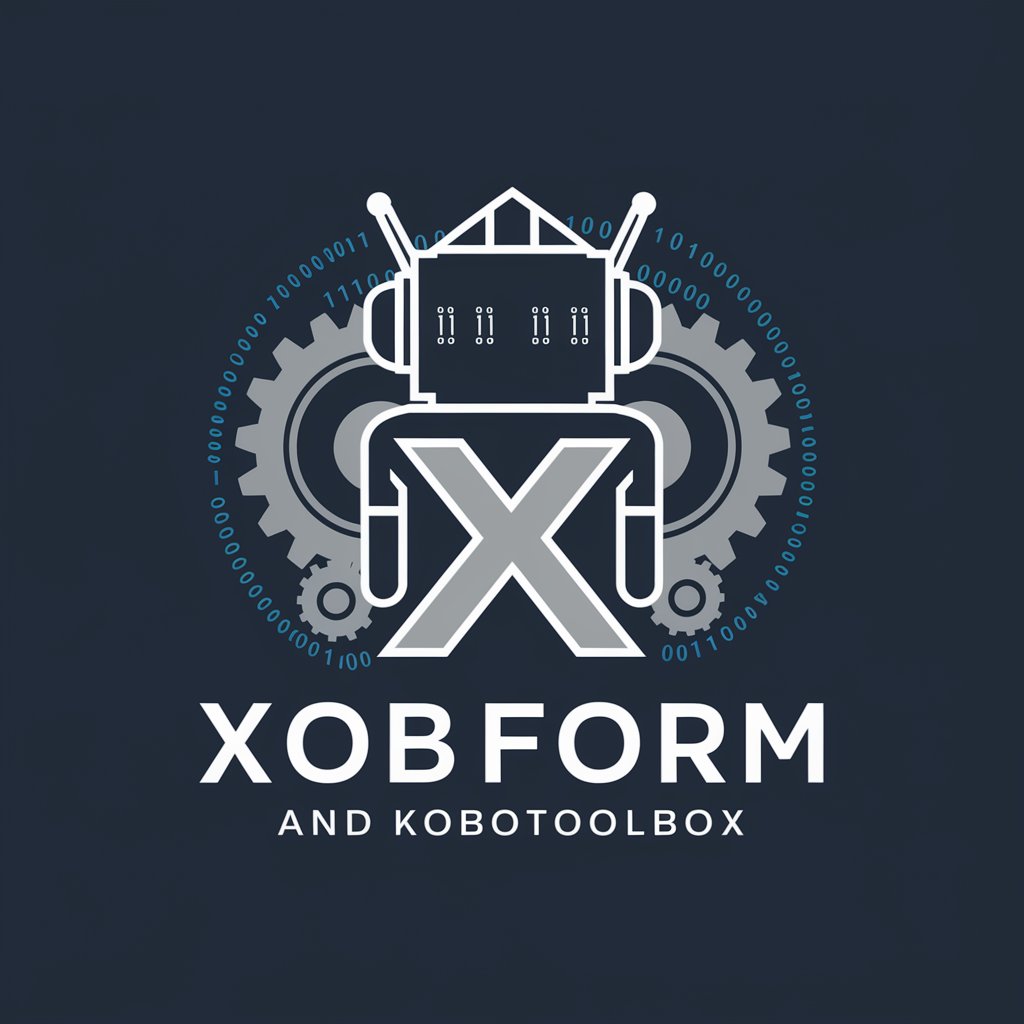Qualitative Data Analysis and Reporting - AI-Driven Data Insights

Welcome to your qualitative data analysis assistant.
Unleash Insights with AI-Powered Analysis
Describe the main themes identified in your qualitative data.
What patterns emerged from your interviews or focus groups?
How do your findings align with existing literature on the topic?
What unexpected insights did you discover during your analysis?
Get Embed Code
Introduction to Qualitative Data Analysis and Reporting
Qualitative Data Analysis and Reporting is a tool designed to assist in the analysis of qualitative data, which often includes text, audio, or video material. This tool focuses on identifying, analyzing, and interpreting patterns and themes within qualitative data to draw meaningful insights. A typical example of its application is in academic research, where a scholar gathers narrative data through interviews or focus groups. The tool helps in coding the responses, categorizing them into themes, and developing a narrative that supports the research question or hypothesis. Powered by ChatGPT-4o。

Core Functions of Qualitative Data Analysis and Reporting
Thematic Analysis
Example
Identifying recurring themes in patient interviews about chronic disease management.
Scenario
In a healthcare research setting, researchers use thematic analysis to parse through transcripts of interviews with patients. The analysis identifies common themes such as medication adherence, lifestyle changes, and emotional impacts of chronic diseases. This helps in understanding patient needs and improving care strategies.
Content Analysis
Example
Examining media representation of climate change issues in news articles.
Scenario
In environmental studies, content analysis is employed to analyze how different media outlets report on climate change. This involves categorizing text data into predefined categories like 'scientific evidence', 'economic impacts', and 'political debates'. This analysis helps researchers understand media bias and public discourse around environmental policies.
Coding and Categorization
Example
Developing qualitative insights by coding interview responses in a study on consumer behavior.
Scenario
In market research, analysts code open-ended survey responses to categorize consumer opinions and preferences regarding a new product. This coding process identifies patterns like product satisfaction levels and areas for improvement, which guide product development and marketing strategies.
Ideal Users of Qualitative Data Analysis and Reporting
Academic Researchers
Academics conducting qualitative research in fields like sociology, psychology, or education can use this tool to analyze interview transcripts, observations, or field notes. It supports in-depth analysis and helps in building robust scholarly articles.
Market Researchers
Professionals in market research who gather large amounts of open-ended customer feedback benefit from systematic analysis to uncover consumer needs and market trends, aiding in strategic planning and product development.
Policy Makers
Policy makers and governmental agencies often need to assess public opinion and stakeholders' perspectives on new policies. Using qualitative analysis, they can evaluate feedback from public consultations and focus groups to make informed decisions.

How to Use Qualitative Data Analysis and Reporting
Free Trial Access
Begin by accessing a free trial at yeschat.ai, no login or ChatGPT Plus subscription required.
Data Preparation
Prepare your qualitative data by organizing text, audio, or video files and any corresponding transcripts into distinct categories or themes.
Define Objectives
Clearly define your analysis objectives to guide the exploration of patterns and themes within your data.
Analyze Data
Use coding techniques to identify patterns and themes. Leverage automated tools for initial coding suggestions, but review and adjust them manually to ensure accuracy.
Report Findings
Structure and present your findings in a coherent report, using visual aids like charts or graphs to illustrate key themes and insights.
Try other advanced and practical GPTs
Epic Battle GPT v2
Craft Your Battle, Command Your Story

PHP Code Mentor
Elevate Your Code with AI

PubMed Pro AI
Empowering Research with AI

Micro SaaS Builder Coach
Simplify SaaS development with AI

Physics with Feynman
Simplifying complex physics with AI.

My Economics Professor
Empowering Economics with AI

Cracked Coder
AI-driven code generation and optimization

ImageGacha
Bringing Your Ideas to Visual Reality

VB.NET Coding Assistant
Optimize your VB.NET coding with AI

OET Writing Coach
Enhance Your Medical Writing Skills

KOBO Expert
AI-driven COBOL and XLSForm Expertise

Mr Psych
Empowering psychological exploration with AI.

Detailed Questions and Answers on Qualitative Data Analysis and Reporting
What is the primary purpose of using Qualitative Data Analysis and Reporting?
Its primary purpose is to systematically analyze qualitative data, such as interviews or focus groups, to uncover patterns, themes, and insights that inform decision-making or academic research.
Can this tool help with academic research?
Absolutely, it is particularly useful for academic researchers looking to code and categorize data, ensuring that interpretations are grounded in the data itself.
How does AI enhance qualitative data analysis?
AI can streamline the coding process, suggest emerging themes, and help identify correlations that might not be immediately evident to human analysts.
What are some common challenges users might face with this tool?
Users might face challenges such as differentiating subtle nuances in qualitative data, managing large data sets, or maintaining objectivity in analysis.
Are there any specific skills required to use this tool effectively?
Effective use requires basic knowledge of qualitative research methods, familiarity with coding processes, and critical thinking to interpret AI-generated suggestions.
